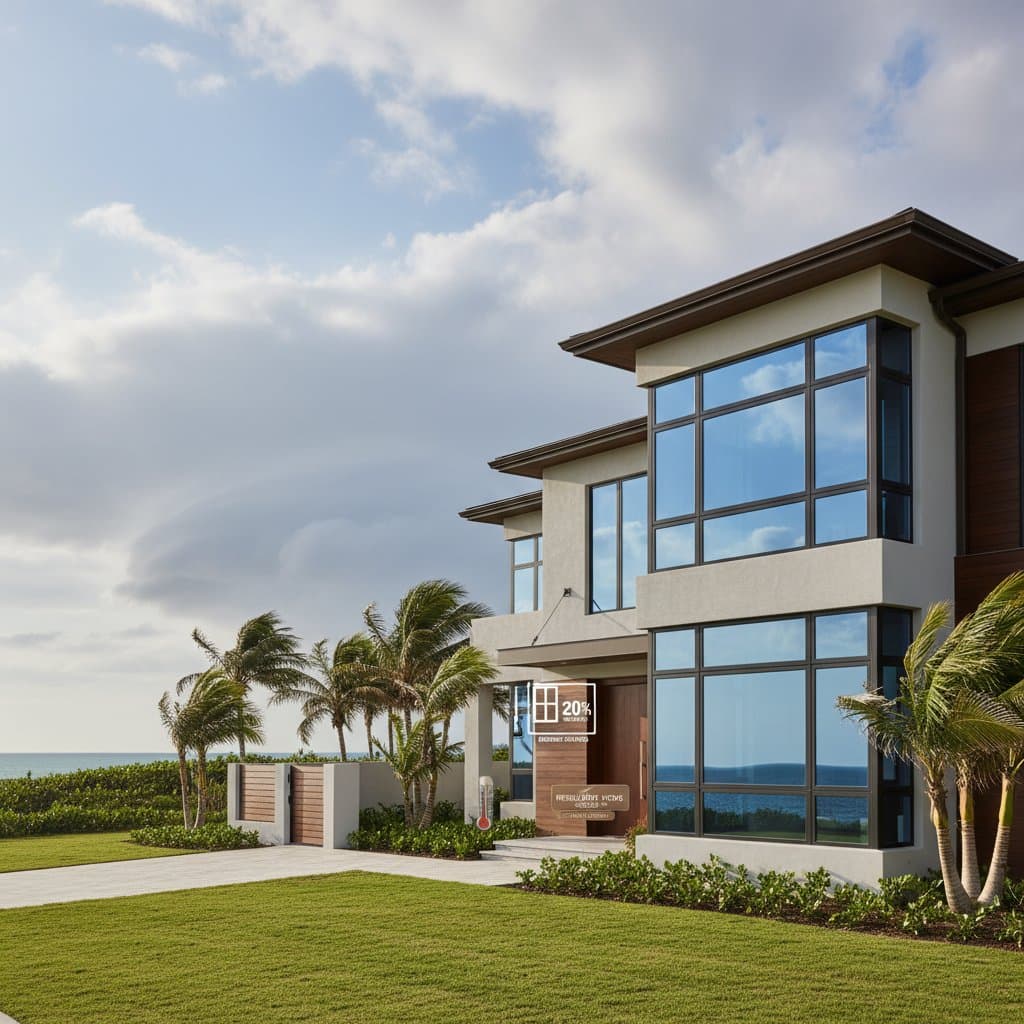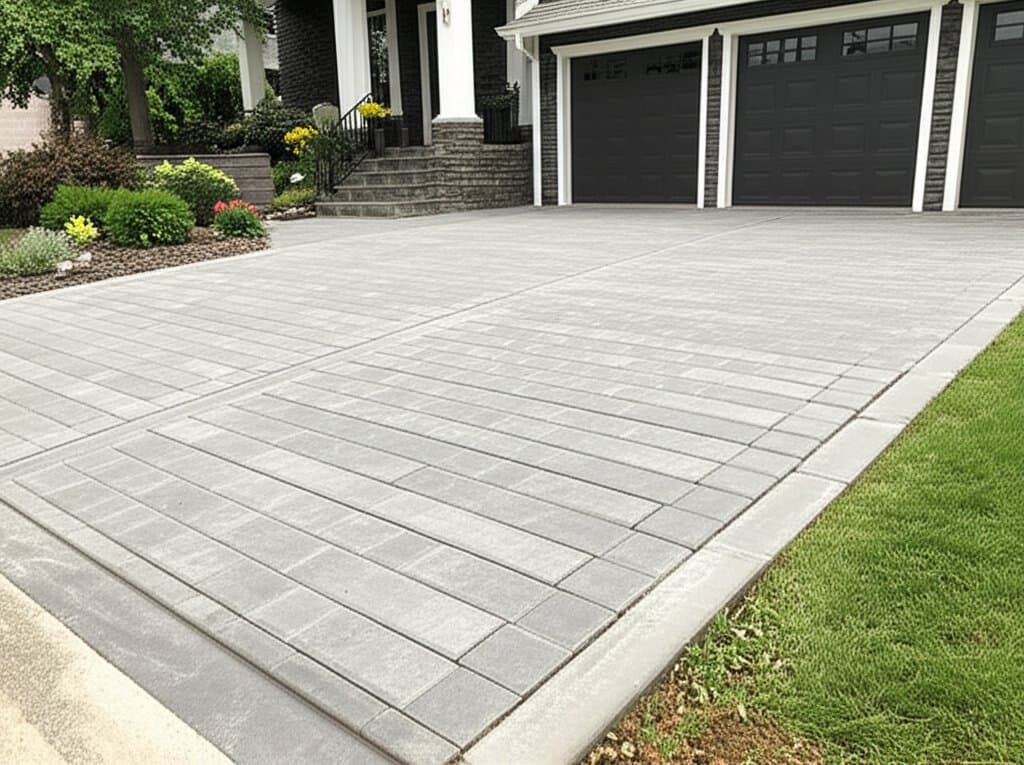Understanding Impact-Resistant Roofs
Impact-resistant roofs feature shingles or tiles engineered to endure severe weather events. Materials such as reinforced asphalt or metal composites absorb impacts from hailstones up to two inches in diameter without cracking or fracturing. Homeowners in storm-vulnerable areas benefit from this technology, which extends roof longevity beyond standard options.
These roofs undergo rigorous testing by organizations like Underwriters Laboratories. Ratings from Class 1 to Class 4 indicate increasing levels of protection, with higher classes offering the greatest resistance to wind-driven debris. Selecting the appropriate class depends on local climate risks and building codes.
Key Advantages for Homeowners
One primary benefit involves faster property sales. Real estate data reveals that homes with impact-resistant roofs spend 11 percent less time on the market. Buyers perceive these upgrades as evidence of proactive maintenance, which instills confidence in the home's overall condition.
Insurance providers reward this choice with premium reductions of up to 35 percent in eligible states. The enhanced durability minimizes claims from storm damage, leading to lower long-term costs. For instance, a roof rated for high winds can prevent leaks and structural issues that plague conventional coverings.
Energy efficiency improves as well. Many impact-resistant materials reflect sunlight, reducing attic temperatures and cooling demands. This feature contributes to annual savings on utility bills, particularly in sunny, storm-prone regions.
Installation Process and Considerations
Professional installation ensures optimal performance. Contractors assess the existing roof structure, remove old materials, and apply underlayment for added waterproofing. The process typically spans two to five days, depending on roof size and complexity.
Homeowners should verify contractor certifications from manufacturers like GAF or CertainTeed. These endorsements guarantee adherence to warranty requirements. Local permits may apply, especially in areas with strict wind-load regulations.
Upfront costs range from 20 to 50 percent higher than standard asphalt shingles. A typical 2,000-square-foot roof might require an investment of $12,000 to $18,000. Financing options through home improvement loans or manufacturer rebates can ease this burden.
Calculating Return on Investment
To evaluate viability, consider multiple factors. Faster sales translate to avoided carrying costs like mortgage interest and taxes. In a market where homes sell for $300,000, an 11 percent reduction in listing time could save sellers thousands in holding expenses.
Insurance savings accumulate over time. A 25 percent discount on a $2,000 annual policy amounts to $500 yearly. Over a 30-year roof lifespan, this totals $15,000, offsetting much of the initial outlay.
Resale value increases due to perceived quality. Appraisers often add premiums for certified impact-resistant features, enhancing equity for future transactions. In hurricane alleys or hail belts, this upgrade becomes a competitive edge.
Choosing the Right Impact-Resistant Roof
Evaluate regional weather patterns first. Consult historical data from the National Weather Service to identify common threats like hail frequency or wind speeds. This informs the class rating needed for adequate protection.
Compare material options:
- Asphalt composites: Affordable and widely available, with good impact resistance.
- Metal panels: Superior longevity and reflectivity, ideal for coastal areas.
- Synthetic tiles: Lightweight and customizable, mimicking traditional aesthetics.
Seek multiple quotes from licensed roofers. Review warranties, which often extend 25 to 50 years, and inquire about maintenance schedules to preserve performance.
Long-Term Protection and Peace of Mind
Impact-resistant roofs safeguard homes against escalating weather extremes. They reduce repair disruptions and preserve structural integrity during storms. Owners gain assurance knowing their investment withstands nature's challenges.
In weather-exposed communities, this upgrade elevates property appeal and financial outcomes. Quicker sales, cost efficiencies, and durability converge to deliver substantial value. Homeowners position themselves for resilience and market advantage.








